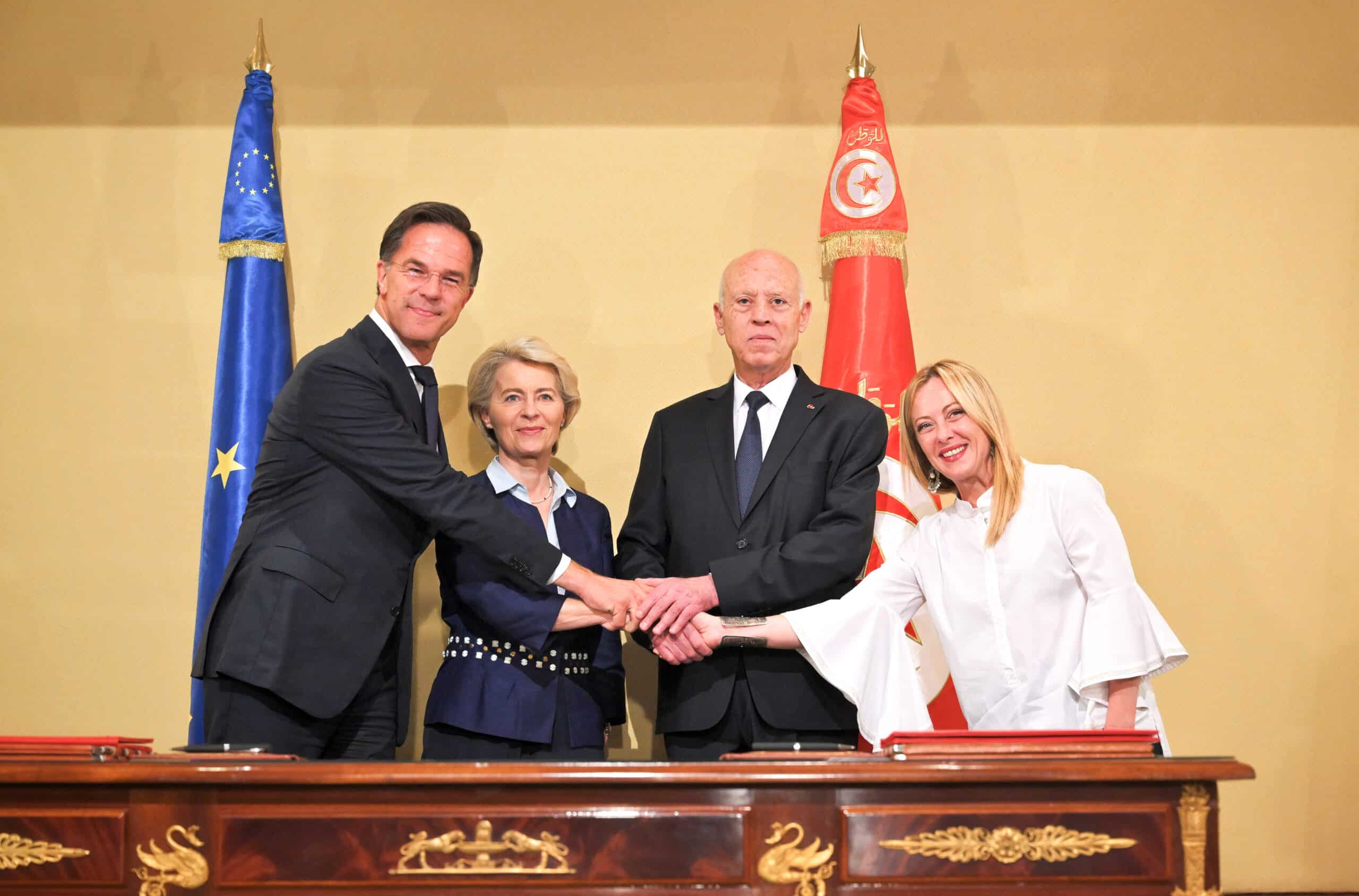Brussels – A delay that poses a threat to human health and the environment, as well as a case of maladministration, the European mediator highlighted in its preliminary conclusions of the investigation launched on May 8, 2023, into how the EU executive decides on applications submitted by companies for authorization of specific uses of particularly hazardous chemicals. “The Ombudsman has found the European Commission’s persistent failure to meet the legal deadlines for preparing authorization decisions concerning dangerous chemical substances to be maladministration. It takes the Commission, on average, 14.5 months to prepare draft decisions, although the deadline for doing so is three months. In certain cases, it takes several years,” the Office of the European Ombudsman, Emily O’Reilly, wrote.
“These delays represent a threat to human health and the environment as companies are able to continue using the chemical substances, which may be carcinogenic, mutagenic, toxic for reproduction, or have endocrine disrupting properties, during the authorization process,” the Ombudsman added. The document, however, does not stop at denouncing and makes recommendations. According to the EU Regulation on the Registration, Evaluation, Authorization, and Restriction of Chemicals (REACH), companies wishing to use chemicals considered to be of ‘high concern’ and included in the list of substances subject to prior authorization must apply to the Commission for authorization. The EU executive then submits a draft decision to the REACH Committee, composed of member state representatives, which votes on authorization.
“Stressing that the purpose of REACH is to urgently phase out or control the use of particularly dangerous chemical substances, the Ombudsman has asked the Commission to review its internal procedures for preparing authorization decisions,” the Office points out.
In addition, since a possible reason for these delays is that the submitted applications lack sufficient information the Ombudsman called on the Commission “to ensure companies submit applications that contain all the necessary information and prioritize the rejection of applications that do not. Companies that have their applications rejected would no longer be able to use the dangerous substances in the EU,” the note stressed. The Ombudsman also found “maladministration” in the European Commission’s failure to provide sufficient transparency to the decision-making process for authorization. In particular, she criticized the lack of published information about the REACH committee’s deliberations, with “summary records of its meetings not fully capturing the state of play of individual files or the reasons for delays, such as disagreements among the Member States.” For this reason, she called on the Commission to publish “timely and more substantial summaries of Committee meetings, noting that this would help the public scrutinize the cause of excessive delays and keep decision-makers accountable.”
NGOs, including ClientEarth and the European Environmental Bureau (EEB), raised an immediate alarm, denouncing how the case shows that “business interests trump health and the environment.” ClientEarth‘s legal expert, Hélène Duguy, noted how “the Ombudsman’s investigation shows how reckless the European Commission has been with chemicals rules…This unacceptable behavior undermines the rule of law and people’s trust in EU institutions. It’s now time that EU officials pay heed to the Ombudsman’s recommendations and prioritize public interest over the profits of toxic companies.” Tatiana Santos, the Chief Chemical Policy Officer of the EEB, stressed that “every day of Commission delay let dangerous chemicals flow into products and poison the public. Europe should prove a greater sense of urgency and move away from them and towards companies innovating safer, green chemistry.”
Meanwhile, the EU Commission explained that it will study the document “very carefully” and respond within three months. “We have a deadline of three months to prepare a detailed opinion in response to the recommendations,” said European Commission spokeswoman Johanna Bernsel. “We are willing to examine how our internal procedures can be improved so that the decision-making process becomes more efficient,” she highlighted further. In practice, it is another wait.
English version by the Translation Service of Withub





![Una donna controlla le informazioni sul cibo specificate sulla confezione [foto: archivio]](https://www.eunews.it/wp-content/uploads/2014/12/Etichette-alimentari.jpg)

